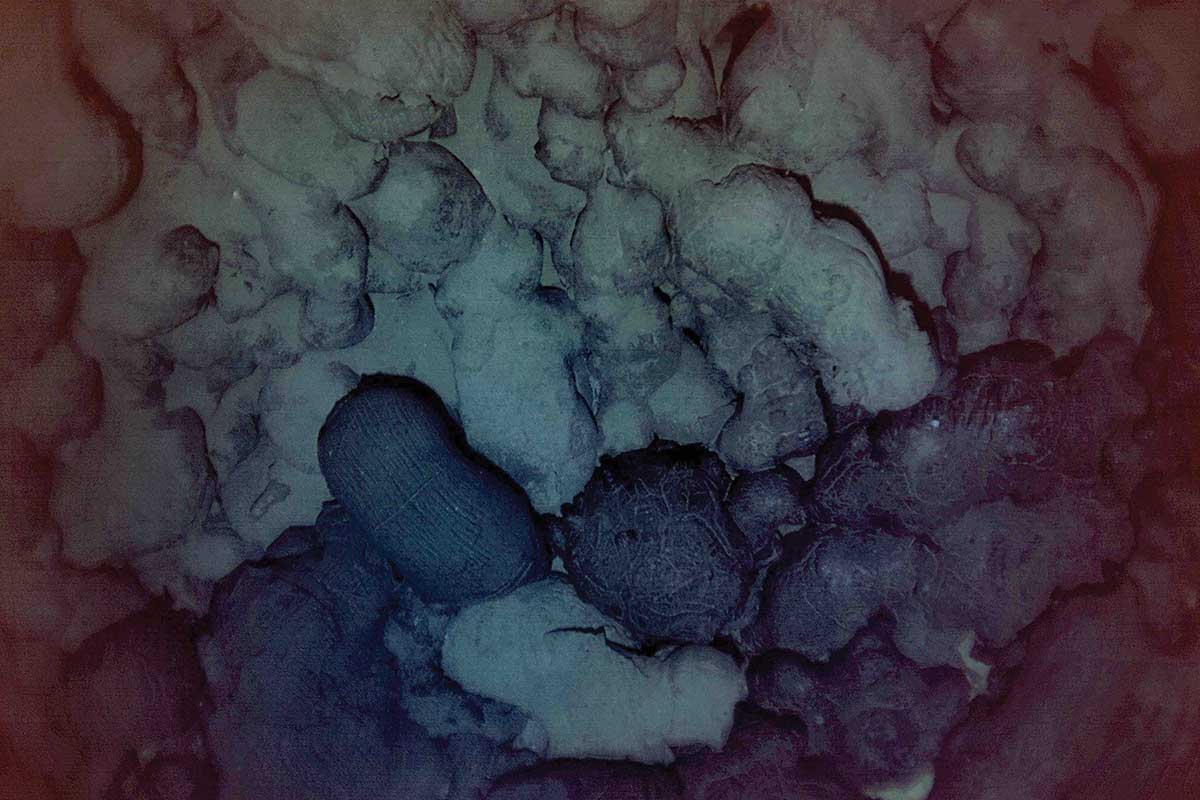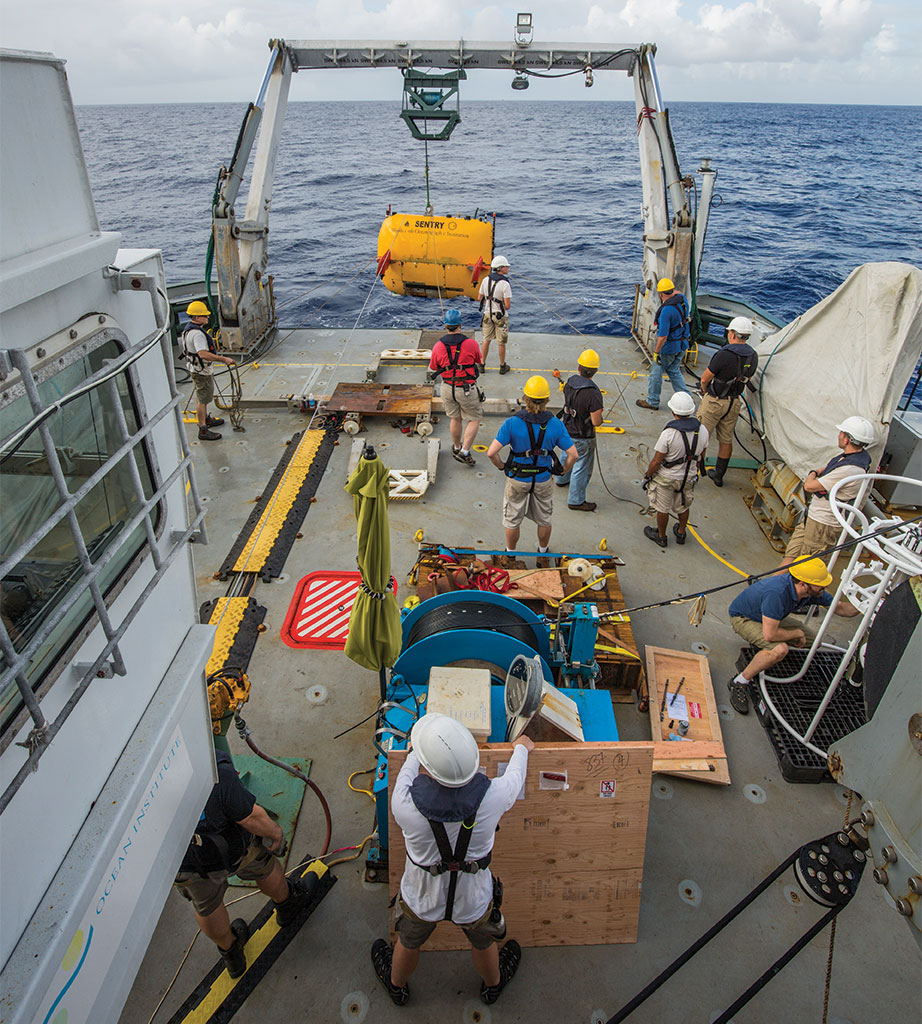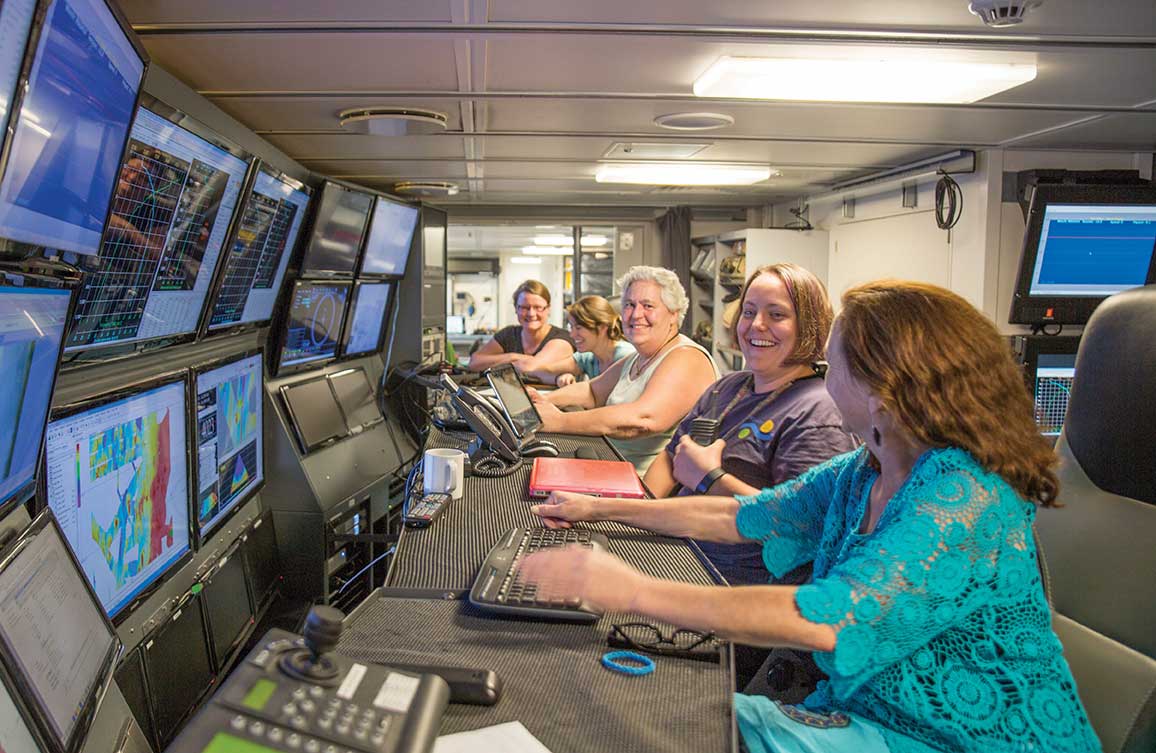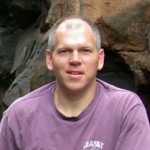Collaborating Institutions
Joint Institute for the Study of the Atmosphere and Ocean, University of Washington
Cooperative Institute for Marine Resources Studies, Oregon State University
National Oceanic and Atmospheric Administration Pacific Marine Environmental Lab
National Oceanic and Atmospheric Administration Office of Ocean Exploration and Research
The last expedition of 2015 brought Falkor back to the Marianas Trench Marine National Monument for a 28-day cruise that explored a 600 km stretch of the Pacific Ocean seafloor. The expedition was the first to systematically explore the Mariana Back-arc, a region west of the trench, where plate spreading and submarine volcanism are concentrated.
The research cruise led by Dr. Joseph Resing, from the Joint Institute for the Study of the Atmosphere and Ocean (JISAO) at the University of Washington, and Dr. Bill Chadwick from the Cooperative Institute for Marine Resource Studies (CIMRS) at Oregon State University, resulted in the doubling of known hydrothermal vent sites in the Back-arc, from three to seven. Amongst these newly discovered sites included one of the deepest vents ever found. There are nearly 700 known vents around the world, and only three are deeper than the new one detected at a depth of 4,230 m.
Another momentous discovery was a brand new lava flow, still cooling and likely only a few months old. “When the autonomous underwater vehicle Sentry came back on board Falkor and we looked at the photo survey, our jaws just dropped,” said Dr. Chadwick. The flow “looks like it could have come out yesterday, and that was totally a surprise. It’s in a fascinating part of the Back-arc with whopping hydrothermal signals.” Chief Scientist Dr. Resing explained the rarity of the event, “this region probably experiences eruptions no more than once a century, making the 125 m thick lava flow a very significant find.” The vent and lava flow discoveries were made using AUV Sentry, “tow-yo” casts with a CTD rosette, and a mobile lab built on Falkor to search for trace metals.

This region probably experiences eruptions no more than once a century, making the 125 m thick lava flow a very significant find.
— Joseph Resing

The hard work of the chemists, geologists, and oceanographers making up the science team on this cruise, resulted in locating new sites of hydrothermal activity and the production of new higher-resolution maps of the Back-arc seafloor. After constructing a geological and geochemical model of the Back-arc vent settings, the team plans on combining the model with biodiversity data, to better define the relationships between geologic setting, chemical environment, and biological communities.
The Mariana subduction system offers an ideal location for diverse chemosynthetic ecosystems due to the presence of hydrothermal activity in a variety of settings. Chemosynthetic ecosystems vary with different geophysical and geochemical conditions which results in diversity of biological communities on the seafloor. The research from this cruise will help test the idea that arc and Back-arc sites have distinct ecosystems, controlled by each settings’ geology and unique fluid chemistry. The scientists on this expedition plan to return to the site on board Falkor later in 2016, using the data collected on the active vent sites to further characterize the geologic setting, temperature, chemical composition, and biological communities. During this next expedition, the scientists are planning to use Schmidt Ocean Institute’s new, under development 4,500 m ROV to visually explore and sample the new vent sites on the seafloor.




